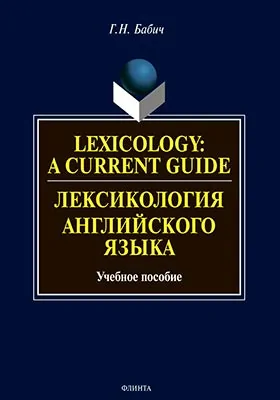Lexicology: A Current Guide = Лексикология английского языка
Здесь можно купить книгу "Lexicology: A Current Guide = Лексикология английского языка" в печатном или электронном виде. Также, Вы можете прочесть аннотацию, цитаты и содержание, ознакомиться и оставить отзывы (комментарии) об этой книге.
Место издания: Москва
ISBN: 978-5-9765-0249-9
Страниц: 200
Артикул: 11338
Краткая аннотация книги "Lexicology: A Current Guide"
В пособии освещены основные проблемы лексикологии в соответствии с действующими государственными стандартами и программой по данному курсу для студентов гуманитарных вузов. Теоретический материал тесно связан с упражнениями и заданиями, цель которых помочь студентам в практическом овладении основами лексикологии. В каждой главе даны ключевые вопросы для контроля знаний. Заключительная часть пособия содержит вопросы для самоконтроля, аутентичные отрывки для комплексного лексикологического анализа, которые могут быть использованы на учебных занятиях и для самостоятельной работы при совершенствовании навыков владения современным английским языком, определении основных понятий и терминов курса. Для студентов факультетов иностранных языков, филологических факультетов, отделений лингвистики университетов, аспирантов и интересующихся проблемами слова.
Содержание книги "Lexicology: A Current Guide "
Preface
Introduction
Chapter 1. Language and Lexicology
Chapter 2. The Origins of English Words
Chapter 3. Word Structure and Word Formation
Chapter 4. Semantics
Chapter 5. The Vocabulary of a Language as a System
Chapter 6. Combinability. Word Groups
Chapter 7. Phraseology
Chapter 8. Levels of Usage
Chapter 9. Lexicography
Chapter 10. American English
Chapter 11. A World English
Review
References
Dictionaries
Glossary
Все отзывы о книге Lexicology: A Current Guide
Отрывок из книги Lexicology: A Current Guide
The connotation of a word is what the word implies in addition toits denotational meaning. It is the set of associations that a word’s usecan evoke. E.G.: a hovel denotes “a small house” and besides impliesthat it is a miserable dwelling place, dirty, in bad repair, and, in general,unpleasant to live in. We call connotation what the word conveys aboutthe speaker’s attitude to the social circumstances and the appropriatefunctional style, about his approval or disapproval of the object spoken,or the degree of intensity.There are four main types of connotation. They are:stylistic (e.g. to beat it — to retire, horse — steed),emotive (e.g. dog — doggie),evaluative (e.g. famous / well-known — notorious), andexpressive or intensifying (e.g. splendid, superb, fantastic, beastly,etc. are used colloquially as terms of exaggeration).We can also speak of pragmatic connotations, i.e., those of dura-tion, manner, attending circumstances, etc.The connotation is the idea suggested by its place near or inassociation with other words or phrases. For example, childlike andchildish both have the denotation of “like or characteristic of a child”.However the two words have their own connotations. Childlike suggeststhe favourable qualities considered typical of a child: innocence andtrustworthiness, for example: childlike is generally favourable on allage levels. Childish connotes the unfavourable characteristics of a child:foolishness or immaturity, for example: when applied to adults, childishis almost invariably a term of reproach.Often a word’s connotation will be fully explained in the dictionary.Yet the context of the word can also help to reveal the general andadded meanings. The context is the part of the statement in which theword or passage at issue occurs, that which leads up to and follows aparticular expression.
С книгой "Lexicology: A Current Guide" читают
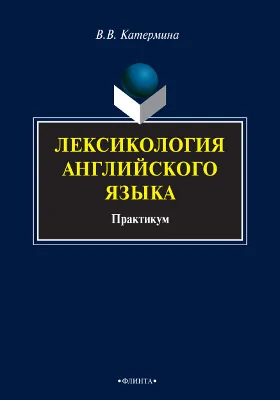
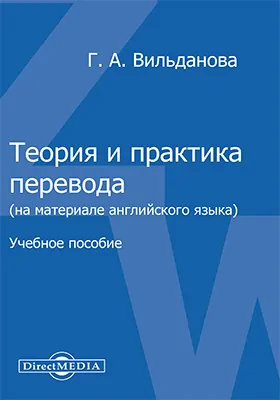

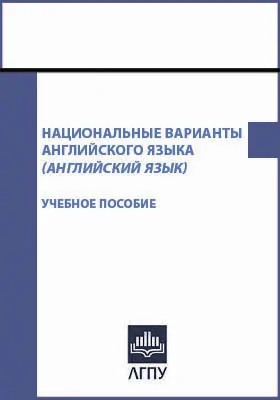


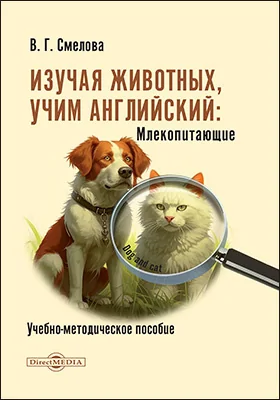




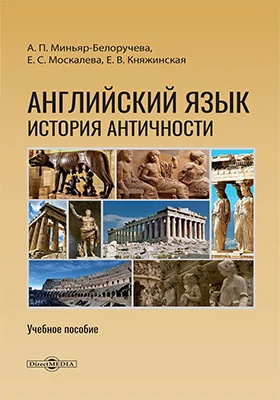



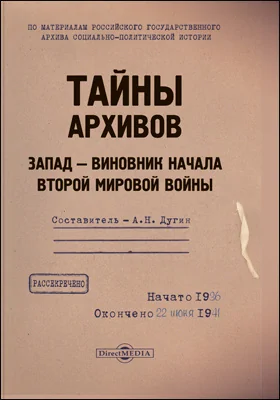

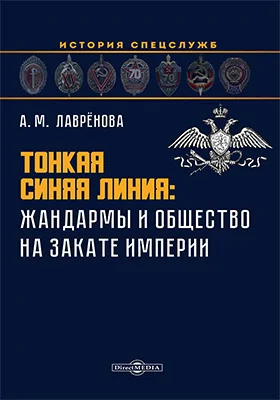
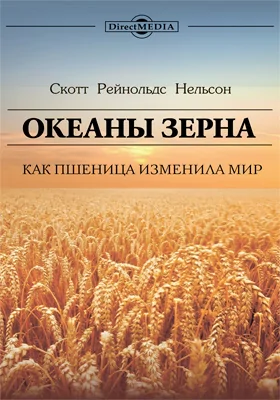
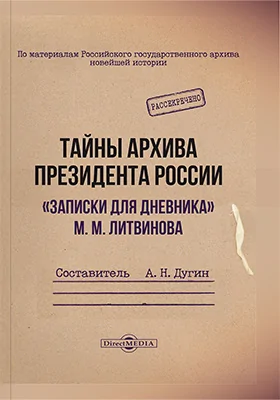

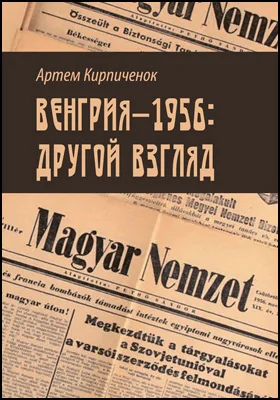

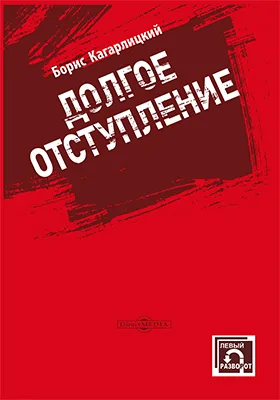


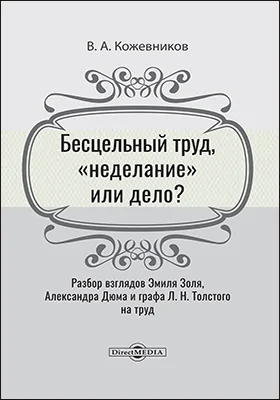


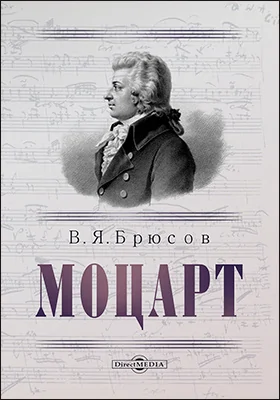
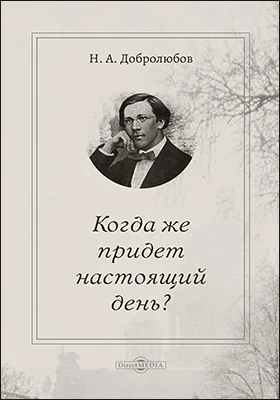


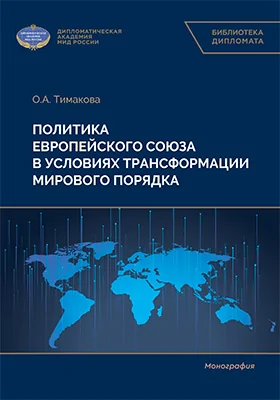
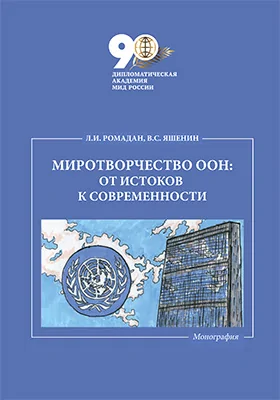

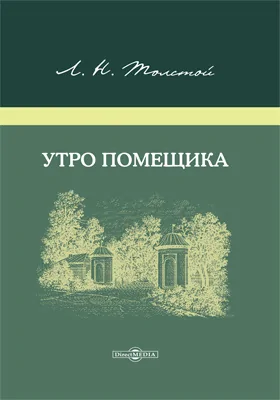

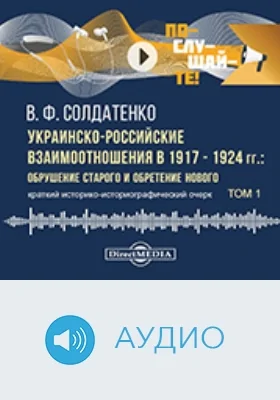
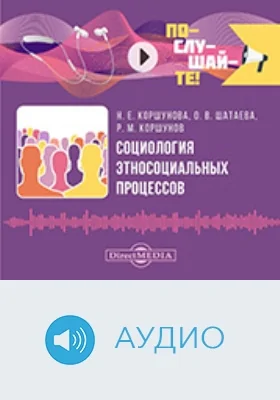





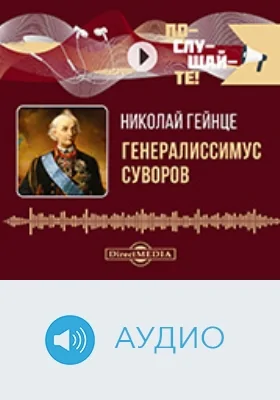





Внимание!
При обнаружении неточностей или ошибок в описании книги "Lexicology: A Current Guide = Лексикология английского языка (автор Галина Бабич)", просим Вас отправить сообщение на почту help@directmedia.ru. Благодарим!
и мы свяжемся с вами в течение 15 минут
за оставленную заявку

